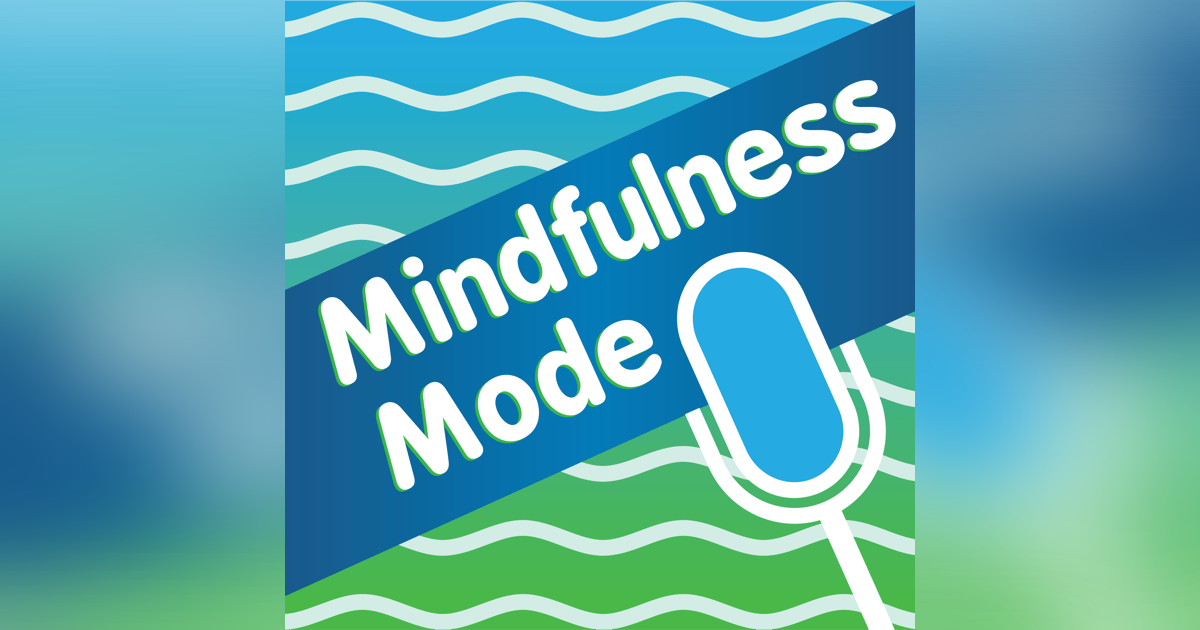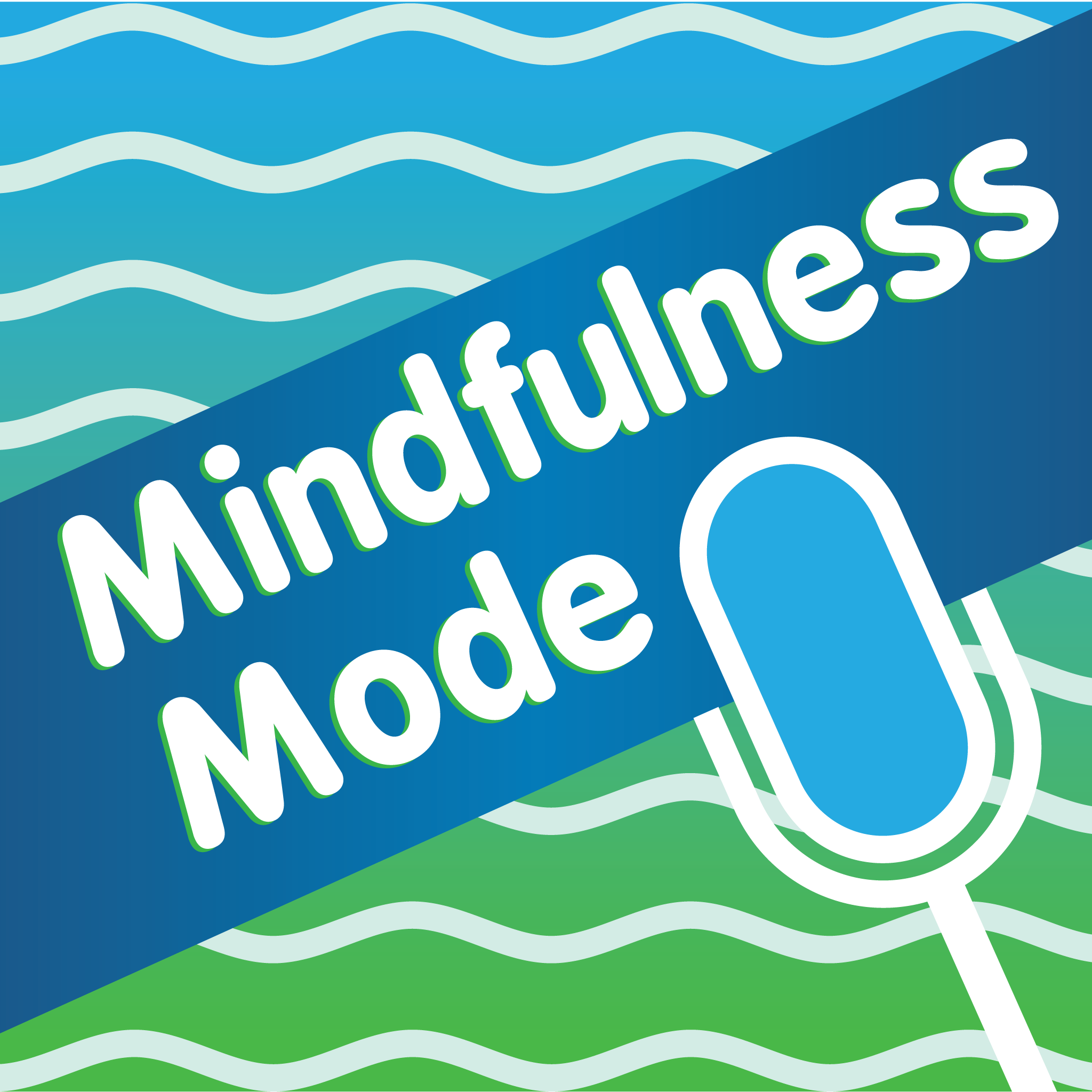197 Overcome Obstacles With Focus and Belief Suggests Tim Laskis


Tim Laskis is trained as a clinical psychologist and holds a PhD. Although successful as a psychology student, Tim pushed through many challenges and failures in his life, including almost flunking out of high school. He failed at almost every sport and was even demoted to sweeping floors inhis Dad’s family business. In spite of this track record, Tim pushed forward and became a successful business owner and entrepreneur, even moving to the point where he became a mental skills coach. Tim knows exactly how to manage his emotions and use mindfulness to be a high achiever while still being content in his life.
Contact Info- Website: www.TimLaskis.com
- Email: tim@timelaskis.com
- Podcast: The Tim Laskis Show
- Social Media - FB, Instagram, LinkedIn: TimLaskis
- My dad.
- It's helped me to keep things in check. It's helped me to regulate my thoughts and my emotions because I'm a practitioner of cognitive behavioral therapy which is; your thoughts really control your emotions and your emotions control your behavior. Being able to utilize deep breathing and being able to relax yourself to help you analyze situations more clearly. When you see them more clearly you have less intense emotion and your reaction and behavior then is much better. When people aren't very mindful they have these negative thoughts that impact others, that impact how they feel and then their behaviors negatively impact others and themselves.
- Belly breathing is the go-to tool. It's where you take in that deep breath through your nose. You fill that lower diaphragm, you hold it, you exhale, you do that a couple of times, it helps to restart and erase everything that's going on and put you in a neutral state.
[show-notes-breathing]
Suggested Resources- Book: None
- App: Schedule Once
In high school I wasn't in the cool group. There were times that I might have been targeted. Kids might say something, but for the most part I got along with everyone. There were probably one or two people that I didn't. When bullies go after someone and they target their victim, a lot of times it's about the bully, it's not about the victim.
The victims will often look at themselves and go, what's wrong with me. What's so bad about me that they pick on me? And they will often internalize it. In working with adolesents who have been bullied, to a really high level, they turn that anger inward.
Many times they will get into cutting themselves and self-harm and these really deep down negative thoughts about themselves. That's the real danger with bullies is that mental impact that they make. Maybe they give you a wedgie or they put you in a head-lock or punch you or something.
That kind of stuff, the bruises go away, but the mental scarring of that is what is the real dangerous part with bullies. It's to help victims understand that it's not about you as the victim, it's about them. And don't internalize that negativity about yourself. That's what often happens with victims.